WASHINGTON — A Chicago alderman told members of the House Subcommittee on Railroads, Pipelines, and Hazardous Materials that the lives of his constituents were being disrupted because of blocked crossings.
During a hearing on Wednesday about grade crossing safety, 19th Ward Alderman Matthew O’Shea told members of Congress about people being late to work and missing doctor’s appointments. In two extreme cases, a bride and groom were late to their own wedding reception and a woman was unable to get to the hospital in time to say goodbye to her grandfather before he died because they were stuck at grade crossings.
O’Shea says Congress should pass legislation that punishes railroads when it blocks crossings for excessive periods of time, noting that agencies like the Surface Transportation Board and Federal Railroad Administration are not doing enough to help his community. “Why is no one standing up for us when the railroads are not being good neighbors?” O’Shea says.
O’Shea represents the neighborhoods of Beverly, Mount Greenwood, and Morgan Park on the southwest side of Chicago, home to CSX Transportation’s Elsdon Line. The line runs through a densely populated area with numerous crossings, including five in O’Shea’s ward. Blocked crossings have long been an issue there and, in 2016, the STB ordered the railroad to reduce delays on the line that leads to blocked crossings. While O’Shea says the number of blocked crossing incidents has gone down in the last few years, it is still a major problem in his community and he blamed regulators for not keeping the railroad in line. “The bottom line here is that the federal government has largely failed us,” he says. “CSX is essentially unregulated from our standpoint.”
The alderman proposed what he called “straightforward measures” the Congress could do to eliminate the problem, including a law that would require moving trains to clear at-grade crossings in three minutes or less and fines for the railroad for every minute a crossing is blocked after the first 10 minutes.
Also in attendance at the hearing was the FRA’s Associate Administrator for Railroad Safety Karl Alexy, the Illinois Commerce Commission’s Rail Safety Program Administrator Brian Vercruysse, Alameda Corridor-East Project Chief Engineer Mark Christoffels, Operation Lifesaver Executive Director Rachel Maleh, and Norfolk Southern Corporation Assistant Vice President, Safety and Environment Jason Morris.
Chairman Rep. Peter DeFazio (D-Ore.) says he believes that longer trains resulting from the Class I railroad’s embrace of Precision Scheduled Railroading were a major contributor to the issue. He and another member, Rep. Tom Malinowski (D-NJ), peppered the FRA official about why the federal agency wasn’t doing more to reign in train sizes. Alexy says he doesn’t believe that’s the agency’s job. DeFazio disagrees.
“PSR might be good for shareholders but it appears to be causing a whole bunch of problems,” he says.





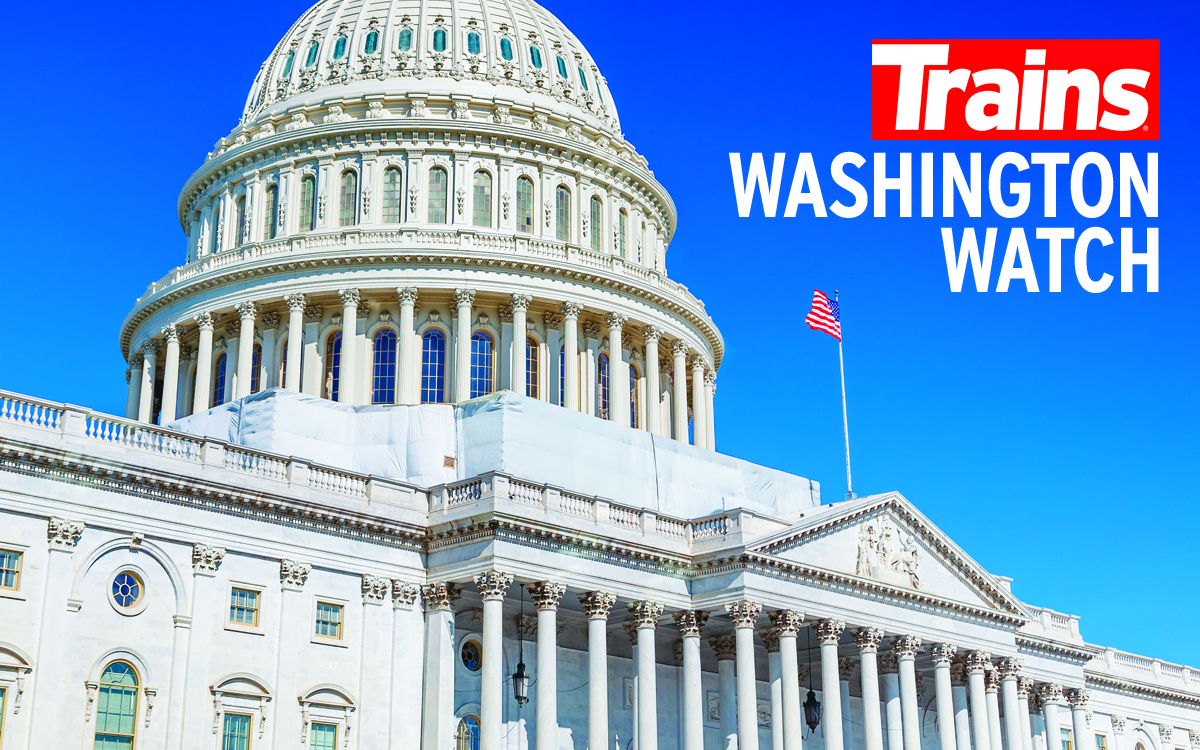

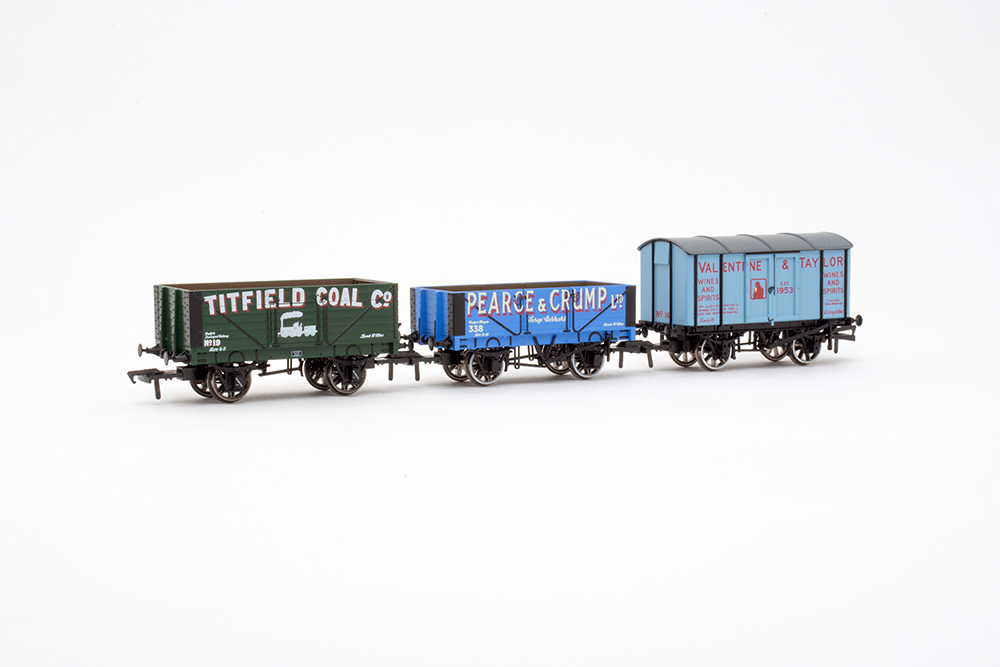
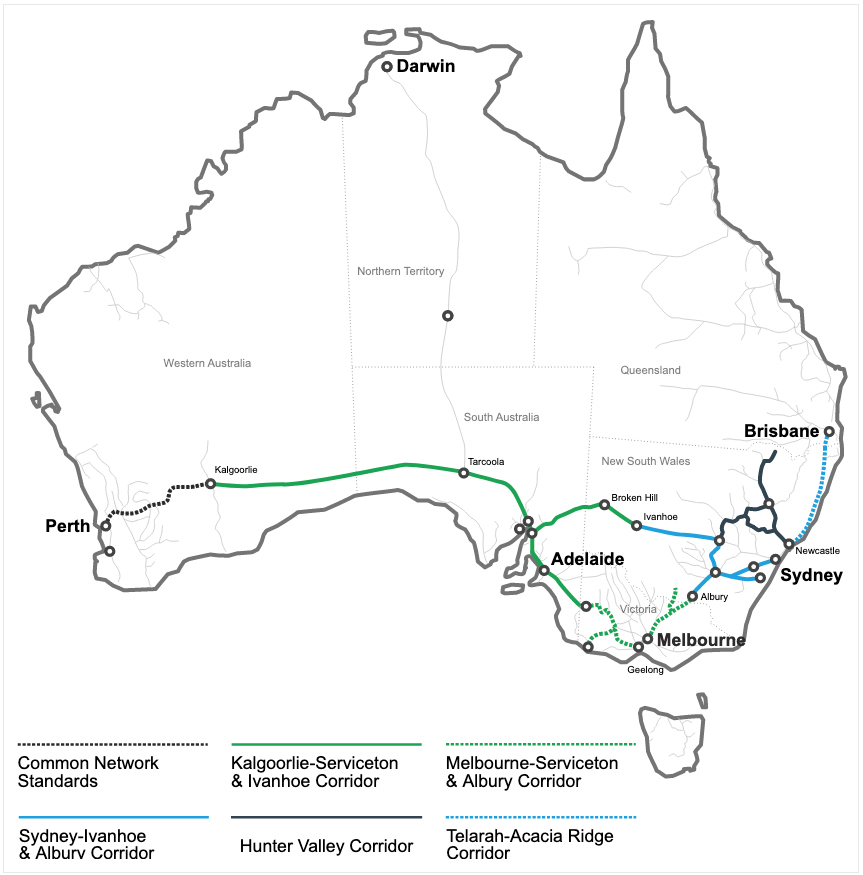
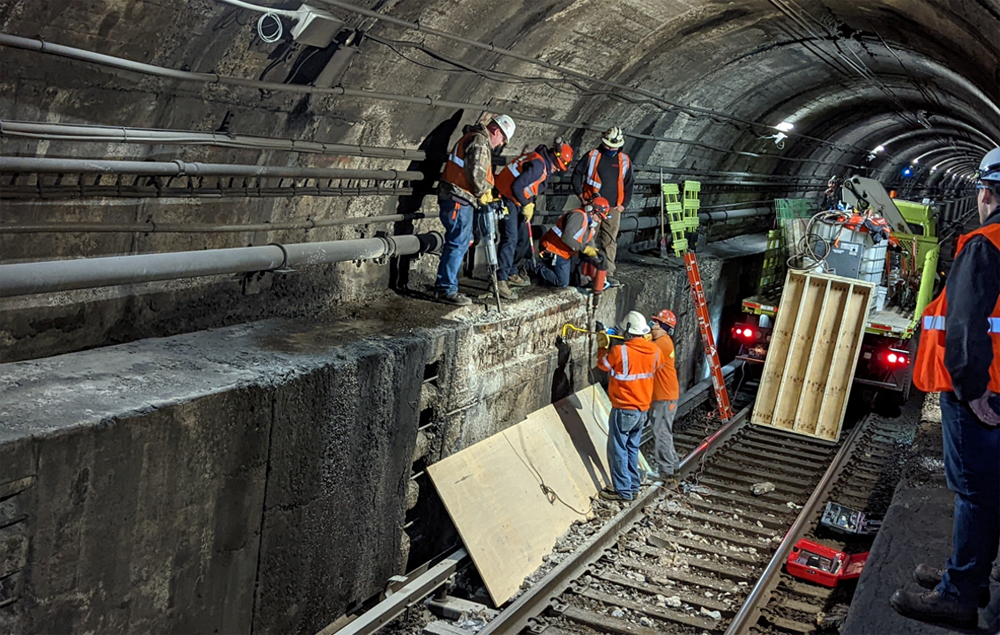
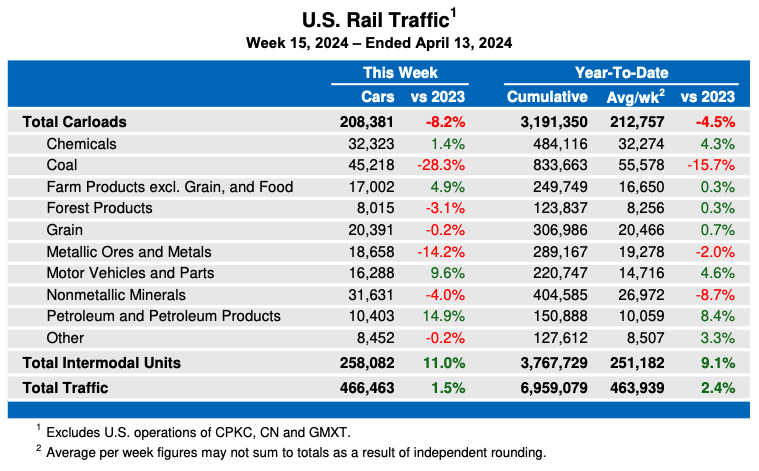




I feel that the city should probably pay for an overpass, the railroad was there long before people moved in and it can be a problem to be continually blocked by a train, especially if you drive an ambulance trying to rush a critically ill person to hospital They probably know alternate routes, but sometimes it just happens and you are caught in the traffic. Near me where BNSF crosses a road, leading to their yard, they will wait before the crossing until they get clearance and then move. That saves blocking the traffic. If a couple are late for a wedding, not life threatening, but someone who did not get to hospital to say goodbye to a loved one before they died is sad. Trains are much longer today and they never seem to break them apart any longer, which I have seen done so they did not block a crossing. But they had 5-6 crew members to take care of that too, not 1 like today, as engineer can never leave the cab.
Someone mentioned the major problem: Most people move into the neighbors and THEN realize there is a problem with rail traffic. Why didn’t they check train frequency and crossing problems BEFORE they moved into the area rather than complain about it afterwards?
IT SEEMS TO ME THAT ROAD FUNDS SHOULD BE USED TO SEPARATE GRADE CROSSINGS. AUTOMOBILE AND TRUCK DRIVERS BENEFIT MORE THAN THE RAILROADS.
Jeez, I remember all the times as a locomotive engineer I’d take a long freight train from Bensenville to the west end of the BRC’s Clearing Yard. I’d be going past the crossings at 55th and Central streets at the northwest side of Chicago’s Midway Airport in the late afternoon and see all those angry people in their autos looking up giving me dirty looks as I’d be passing by with my often mile long drag at about 20 mph or slower at 10 mph (due to a seemingly never ending slow order). The thought always going through my mind at the time was, “how many trips out of Midway am I screwing up?!”
No doubt many join me in thanks for the informative and on topic posts. How refreshing.
I’m guessing that at the time of line elevations, that part of this line was outside of the southern city limits. It is elevated all the way to 67th street then goes to ground level. The former Pennsy Panhandle , C&O/B&O is elevated as far as 71st also, where it too goes to grade level. Since that WAS the east end of the massive 59th St. yard, the 71st st. crossing was constantly blocked by inbound trains heading into the yard as well as pulldown jobs doubling tracks for outbound road trains. The slowest moving thing on earth is a switch engine on overtime. Btw, guilty as charged!
Good posts James Janrus and John Galich as to the history here and a possible solution.
Though I suspect move all WB CSX manifest traffic bound for Clearing to the IHB would just move the bottleneck to that even higher volume freight route.
Wouldn’t block grade crossings though. Land barges have costs, and they seem to either be avoided in discussions of PSR, or are shifted to the shipper or the general public. Even a less cynical view would have to admit that for it to work well, a lot of investment is required in passing siding extension, yard lead extension, extra train staging trackage, and grade crossing separation.
And the lifespan of such investments may not even be long lived if (and its a big if) automation reduces crew expenses and land barges become less economically justified. So they don’t get funded…
I think a history lesson is in order, if the railroad was there first, the municipality should build a bridge or tunnel. Visa versa if the tracks came later!
As the saying goes, build a bridge and get over it. I’m sure if blocked grade crossings are such a community problem, I’m sure the community won’t mind raising their taxes to pay for a highway overpass or underpass. I live next to the NEC in Massachusetts and we don’t have any grade crossings on it. Why? Because over the decades, the locals said enough and built taxpayer-funded bridges over or under the tracks.
If you ask Alderman O’Shea if Illinois should raise taxes to pay for a ROW raising or increase bypass capacity, you would get a resounding “no”.
If you ask CSX to pay for raising the Elsdon Line, they will go to the FRA to get federal money to pay for it as part of CREATE.
Someone has to pay.
Andrew brings up a good point. Those that are complaining about the blocked crossings are also probably the same ones who complain about building the bypass. You can never please NIMBYs.
so maybe the chicago bypass gets completed faster? Let’s hope so.
It would seem directional running may offer some relief…..run westbounds via IHB into the west side of Clearing and use the Elsdon Sub to run the eastbounds out of Clearing….You could hold the eastbounds at Hayford until it’s confirmed that both Ashburn and Blue Island interlockings are clear…this would obviate the need to stop along the Elsdon Sub…..Even going back to GTW days, eastbounds ran pretty smoothly…it was the westbounds that would get across Blue Island but then have nowhere to go if either Ashburn or Hayford were blocked or BRC had no available track to yard the train…they would then have to pull up to 103rd st, cut 111th and wait…Of course this was pre-PSR so I would imagine twice the crossings get blocked now vs. back in the 80’s when it was still GTW. Problem is between Hayford and Blue Island there’s an east-west grade crossing ranging from every half-mile to every mile with some of them being very busy 4 and 6 lane city streets…there’s just no good spot to land monster westbound PSR trains. It also doesn’t help that the major trauma center for the entire region lies west of the Elsdon Sub in Oak Lawn, yet Chicago proper is for the most part east of the Elsdon line.
I’m sure that when a lot of the people who are complaining moved there they didn’t have to wait for numerous 2 mile long slow moving trains to clear the crossings.
I grew up in Beverly/Morgan Park so I do know a bit about the history. The ex-GT Elsdon line, the B&OCT south of 83rd Street, Rock Island/Metra suburban and main line lines south of 87th Street/Gresham run through neighborhoods that were not originally part of the city of Chicago, which legislated the grade separation projects over several years. The annexations of these neighborhoods (Beverly, Morgan Park, Mt. Greenwood) occurred between 1899 and 1927. Compared to other parts of the city, these neighborhoods were less populated until much later, so separation was probably less of an issue.
You all seem to forget, just like the Alderman and DeFazio, the railroads in most cases where there before the people…it shouldn’t fall on the railroads to fix problems caused by people that moved in after the fact.
GOOD LUCK ALDERMAN! The FRA is a puppet of the class ones these days, expect nothing from them other then deny, deflect and shoulder shrug.
The railroads shed over 20,000 jobs last year and are already bragging about more cuts this year. They are no longer the major employers they once were and are quickly loosing relevance with the general public. You can expect more calls for restrictions and regulation of the railroads if they don’t at least try and work with local communities with issues of concern.
I wonder how that line escaped being grade separated since much of it north of Blue Island is within Chicago city limits?
psr is not good for anybody
Have any of you ever lived near a street crossing that’s blocked constantly? It’s not any fun, and I’m a railfan.
I lived in New Orleans’ Bywater neighborhood for the first few years I lived here, and trains were constantly blocking major streets such as St. Claude Avenue repositioning trains in the NS yard, and moving them off the NO Public Belt line along the river.
It’s a huge problem and residents are just told to suck it up and deal. Yes, someone has to pay and the cost should clearly be split between the railroad and the public. Everyone benefits when grade crossings are eliminated.
Since cars and trucks can climb much steeper grades than trains how about building roadway flyovers to allow vehicles to go over the trains. Since the railroad is causing this problem, they should share in the cost.
These trains sit in order to get access into Clearing Yard at Hayford, at the east end of the yard and the west end of the 75th Street corridor. I think they are all manifest freights bound for the yard (IM trains I believe take the IHB to the west end of the yard to access the CSX Bedford Park ramp.
This I believe was also an issue “before PSR”, but may be exacerbated by the longer (and slower and underpowered) trains.
The line in question is not part of the 75th Street Corridor, which is already above grade. The Elsdon line is the former GTW main, which CSX acquired in a line swap some years ago. Elevating the Elsdon line would be difficult at best due to residential and other development which abuts the tracks.